Alongside changing consumer habits, there have been recent developments in technology, meaning that there is now opportunity for manufacturers and suppliers to be more creative than ever before.
So, what developments should we be looking out for in the near future?
Smithers Pira explores the top five innovation trends currently occurring in the packaging industry, and what manufacturers, suppliers and brand owners can be doing to further engage customers.
1. National Pride and Nostalgia
The 2012 London Olympics, the marriage of Prince William and Kate Middleton and the Queen’s coronation instilled a sense of patriotism and national pride in British consumers. The packaging industry in England is reflecting this through designing definitively British packs, often featuring the Union Jack and images of the monarchy.
This has led to more traditional and nostalgic designs as a nod to the past; old-fashioned graphics and logos that showcase a brand's truly British nature.
Vintage packaging not only plays on a popular fashion trend, but also points toward a certain authenticity.
Due to the amount of brands and products available to choose from, consumers now look for those they know they can trust, and the packaging helps to convey this idea.
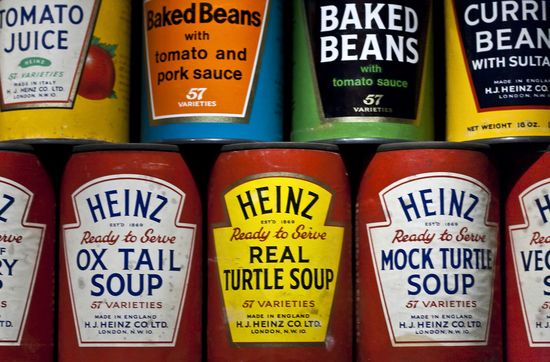
2. Personalized Packaging
As digital printing technology becomes more affordable and widespread, there has been an increase in short print runs, and personalization is being used more often as a tool to differentiate a brand and attract customers.
This innovation was arguably pioneered by Coca Cola and its Share a Coke campaign, which featured popular first names printed on labels. However, Coca Cola was just the beginning, and we now have a number of other designs which capitalize on this ‘made for me’ approach.

These include the Absolut Vodka bottles, which used 4 million unique and individually numbered designs.
As brands utilize the Internet and social media to broaden reach and enhance campaigns, consumers now feel packaging is made for them more than ever before.
Take, for example, Heinz Tomato soup – a recent campaign allowed consumers to personalize a can on the brand's Facebook page, and send it to a friend or loved one as a ‘get well soon’ gift.
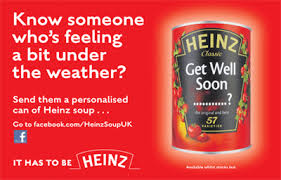
As the technology enabling such innovations improves and costs come down, the industry will become even more creative with personalized packaging.
3. People-pleasing Packaging
In order to be successful, brand owners need to understand consumers’ unmet needs.
For example, convenience packaging is popular among increasingly on-the-go consumers who don't have time or space for large, unwieldy or difficult-to-open packs.
Examples of new convenience packaging include Robinsons Squash'd, a plastic squeezable pouch designed to dispense fruit puree into water bottles on the go, making up to 20 drinks.
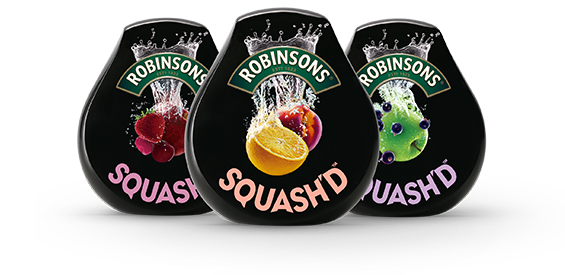
Easy-to-use packaging also fits into this ‘people-pleasing packaging’ category, notably easy-to-open jars, and Unilever’s ‘Clean Lock Cap’ used on their recent Colman’s brand condiments.
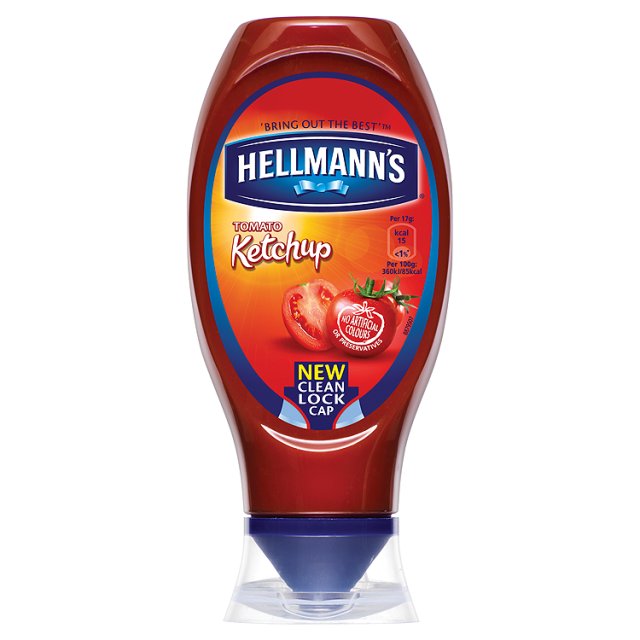
Packaging that can control the dosage required for both consumption and cleaning products also helps consumers who may not be sure about how much of the product needs to be used.
4. Pack Differentiation
A constant battle for brands is to ensure their products stand out on the shelf at the moment the consumer is making their buying decision – the so-called ‘moment of truth’ in store.
In order to do this, brands must secure their niche and advertise their unique selling point in an engaging way.
Examples of companies successfully achieving pack differentiation include Budweiser, whose recent beer cans take on their distinctive bow-tie shape, and Tattinger Champagne, whose varied and colorful bottles are striking and impactful on the shelf.


Many brands achieve stand-out appeal by simply ‘saying it how it is.’
In the same way that brands are reverting to vintage designs to convey a traditional and trustworthy approach, brands also like to communicate honesty, simplicity and clear intent to their consumers. Examples include Heinz Ketchup, whose bottle states that it is ‘bursting full of tomatoes.’
Sustainability has traditionally been a driver for consumers as environmental concerns increasingly enter the public consciousness, so brands are keen to flaunt their sustainable credentials on pack.
Brown materials, uncluttered packaging and simple fonts all point towards an environmental focus, even if there is none present.
5. Technology
Recent technological innovations have been able to take packaging’s interactions with consumers one step further.
Bottles from brands such as Heineken and Strongbow offer numerous interactive features, such as producing beams of light when opened, and the ability to control the light on DJ decks.
While these are not in mass production and are in fact more of a marketing tool, they showcase just what can be done with packaging technology.
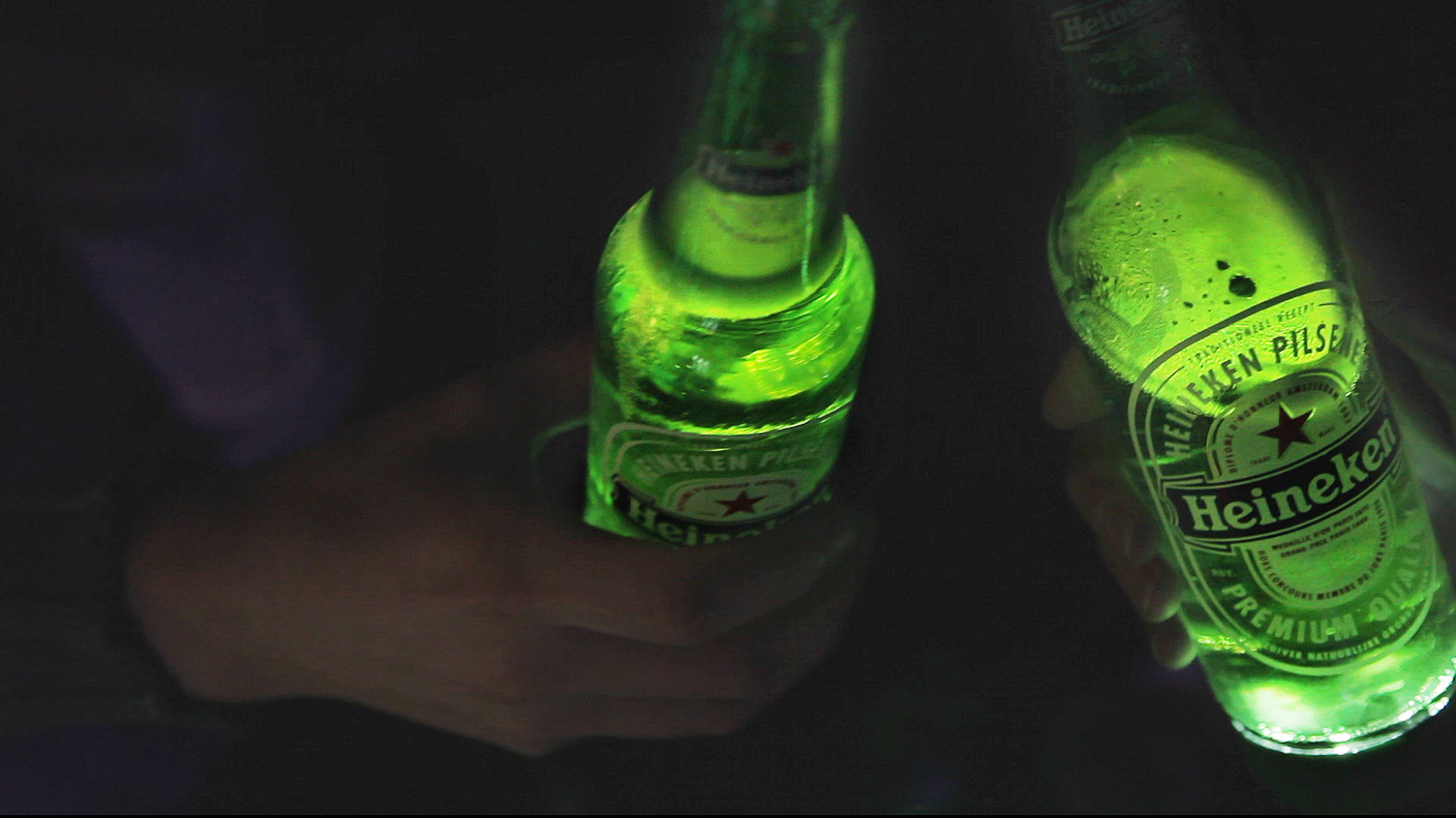
[ add comment ] ( 29 views ) | permalink |




 ( 3 / 2109 )
( 3 / 2109 )

 Calendar
Calendar